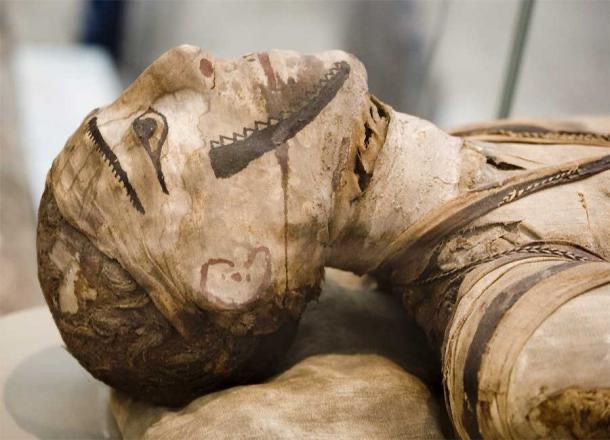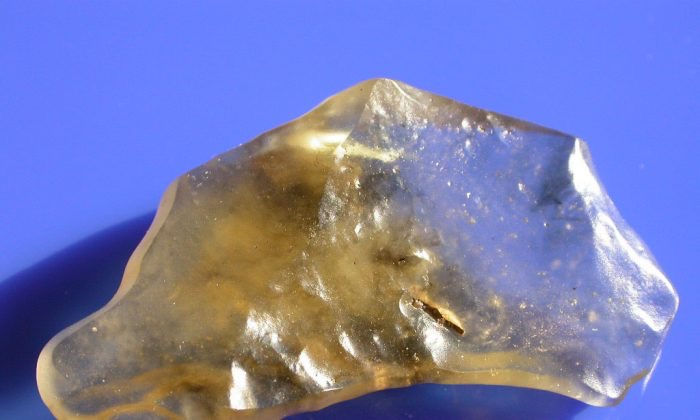Decoding the Actual Age of the Great Sphinx
- skloucherepierre
- Jan 19, 2021
- 3 min read

Acting like a sentinel on the Giza level is the endured and titanic figure that stands 66 feet over the desert sand, the Great Sphinx, a limestone mold with the top of a lion and the body of a human. While we presently think a lot about the set of experiences and folklore of the old Egyptians, the secret of the Sphinx still can't seem to be really unwound.
A progressing fight between standard Egyptologists and a later rush of free masterminds discusses the age of the Sphinx by millennia. The last demands the overwhelming limestone sculpture is a lot more seasoned than standard archeologists, and Egyptologists guarantee it to be.
Standard archeologists decided the Sphinx to have been worked somewhere in the range of 2558 and 2532 BCE. Yet, in 1992, John Anthony West shook established researchers with his case that the Sphinx was really cut 10,000 years sooner before Egypt was a desert. West and others contended that scholarly community had neglected a significant detail—the body of the model bore particular markings of water disintegration.
After his appraisal of the Sphinx's age, West discovered individual researchers who shared his perception about uncovering an altogether unexpected history in comparison to was generally acknowledged. West's inquiry drove him to Robert Schoch, a topography teacher at Boston University, ready to seek after a liberal, out-of-the-crate examination concerning the roots of the Sphinx as well as the whole locale, just as its ramifications for the birthplace of the human species.
In Gaia's unique arrangement, Ancient Civilizations, Schoch clarifies his first experience with the figure in 1990, at which time he quickly saw there was a distinction between the sculpture's scholastically acknowledged date of birthplace and reality looking straight at him. Upon cautious review, Schoch understood the Sphinx endure strongly wet climate conditions that remain as a conspicuous difference to the now hyper-dry states of the Sahara Desert.
Schoch presumed that scholarly community had decided the Sphinx's age by disregarding indications of disintegration because of hefty precipitation. The downpour that disintegrated the Sphinx was exceptional to the Egyptian level 5,000 years back, however regular 10,000 to 12,000 years prior. For Schoch, this was an energizing find, however for standard science, it was met with mocking and refusal.
How Old is the Sphinx Really?
As indicated by the exploration of Manichev and Parkhomenko, "enormous waterways" somewhat overwhelmed the Sphinx landmark making "wave cut-out hollows on its vertical dividers." One disintegration mark, specifically, shows up in a huge empty of the Sphinx and relates to the water level of the early Pleistocene Age. From such proof, geologists presumed that the sculpture was at that point remaining on the Giza Plateau at that point.
Astoundingly, they additionally made the case the Sphinx could be as long as 800,000 years of age, when the Mediterranean Sea expanded as far as possible south into Egypt and onto the Giza Plateau. This would clarify the sculpture's particular signs of disintegration — brought about via seawater slurping toward it more than millennia.
In any case, Andrew Collins recommends that, while this stone arrangement may have been kissed by the Mediterranean Sea, the genuine sculpture may have been cut out of it at a lot later date. So, the stone is old, yet the sculpture is generally less so.
In 1991, Professor Schoch deductively dated the Sphinx to millennia preceding the hour of the Egyptian pharaohs, having been built toward the finish of the last ice age. This places the sculpture when the Saharan district was considerably more moist, lavish with plant and creature life, and subject to tenacious precipitation. What's more, in spite of consistent analysis from standard archeologists, he's held his ground, demonstrating seismic information of the locale which recommends the Sphinx's birthplace might be all the more precisely positioned at 10,000 B.C.E.
The Debate Heats Up
Analyst Graham Hancock likewise says something regarding the Sphinx's age taking note of the sculpture seems to have been presented to around 1,000 years of hefty precipitation. Since there was no precipitation here during the hour of the pharaohs, or for millennia earlier, Hancock says he accepts the Sphinx should be put over 12,500 years back.
Egyptian-conceived author and designer Robert Bauval broadly contended that there are no engravings on the Sphinx "either cut on a divider or a stela or composed on the crowds of papyri that relates" the sculpture with the time span of the pharaohs of old Egypt as we probably are aware them.
As it has since its commencement, the Sphinx keeps on being reestablished from steady disintegration and remains an appealing and baffling milestone of the old past. Yet, it appears to be certain that standard Egyptologists remain stalwarts in declining to reconsider these curios of ancient history, as doing so could mean changing the account and brains of the scholarly community around the world.
Article Source : https://www.gaia.com/article/decoding-the-actual-age-of-the-great-sphinx?utm_source=google+paid&utm_medium=cpc&utm_term=&utm_campaign=1-USA-DYNAMIC-SEARCH&utm_content=UFOs+&+Aliens=undefined&ch=br&gclid=CjwKCAiAo5qABhBdEiwAOtGmbnR2VhLWcAWc9LXrmQpS2DKmS7VA9cEbgFIzrpbT-Qiqe1GGXNqGyBoCrZkQAvD_BwE
.jpg)










Comments